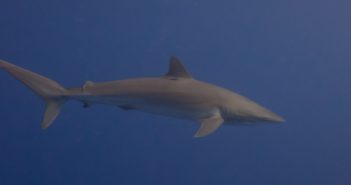
Sharks and Rays Continue to Face Over-Exploitation
A study has identified the world’s top 20 shark and ray catchers and traders, who catch almost 600,000 metric tonnes of sharks and rays each year.

A study has identified the world’s top 20 shark and ray catchers and traders, who catch almost 600,000 metric tonnes of sharks and rays each year.
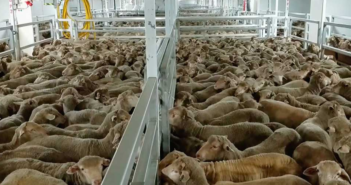
A Kuwaiti company registered in South Africa will be shipping 60,000 live sheep to Kuwait this September. Many will die during the long, arduous, and intolerably hot journey.
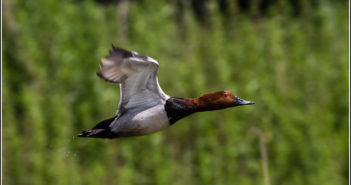
A new study estimates that at least 1.7–4.6 million birds of at least 413 species may be killed or taken illegally each year in the region, many of them on migration.
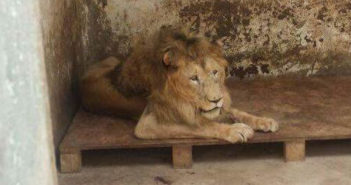
Yemen has been in the merciless grip of a civil war since 2015. The government is in meltdown, public authorities are penniless and workers without salaries, leaving zoos abandoned and their imprisoned animals starving to death.

Every year, millions of migratory birds are unlawfully killed as they embark on their epic journeys between their homes in Europe and Africa. In response, BirdLife International has launched Flight for Survival, a campaign raising awareness of this issue globally, with a focus on seven illegally killed bird species.

Hailed for their intelligence and majesty, Egyptian vultures were admired and worshiped throughout history. But decimated by poisoning, electrocution and illegal trophy hunting, the bird that was once an ancient Egyptian hieroglyph is now endangered.

The man who rescued the paralyzed dog off the side of the road named him Omid, a word meaning “hope” in Persian, because he saw so much hope in the dog’s eyes.

The Veterinary Service Department in Egypt has killed countless numbers of free roaming dogs and cats, usually by poisoning them with strychnine or shooting them. A new amendment to Egyptian law would prohibit this practice and hopefully force authorities to consider more humane methods of population management.
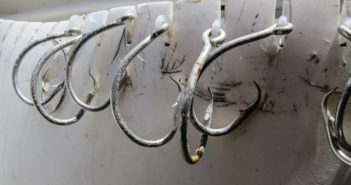
This portion of this exhibition explains the main forms of fish exploitation: large-scale industrial fishing, aquaculture farming, the aquarium trade and so-called recreational fishing.
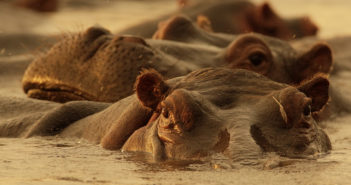
CITES is a convention ostensibly dedicated to wildlife protection that does nothing other than enable trade on a massive scale with minimal regulation and oversight, resulting in plummeting wildlife populations. They need to rehaul their system or step aside, so a conservation-focused rather than a trade-focused system can be put in place.

85% of the products created by the fur industry come from animals raised in captivity on fur factory farms. These farms can hold thousands of animals, and the practices used to farm them are designed to maximize profits, always at the expense of the animals, who suffer in unimaginable ways.

Reading about the environment can sometimes seem like a depressing litany of fading species, increased development, and a warming planet. But there are reasons to be hopeful. As we enter the new year, here are 12 conservation wins we saw in 2018.